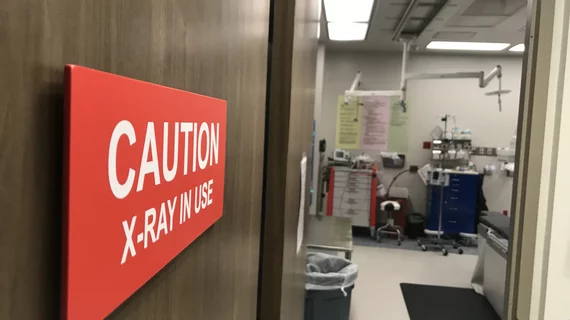Experts develop highly sensitive X-ray detector to minimize radiation dose, cut costs
Researchers are working to develop a more sensitive, foldable detector that would make X-rays safer, more affordable and energy efficient.
Numerous exposure thresholds are in place to protect both staff and patients who are routinely exposed to ionizing radiation during medical imaging and procedures. And while remaining within those limits is largely considered safe, there are risks, albeit minimal ones, associated with frequent and long-term exposure.
The hope is that by creating detectors that are more sensitive, less ionizing radiation will be needed to produce diagnostic quality imaging. But how exactly can this be achieved?
A group of experts from King Abdullah University of Science and Technology in Saudi Arabia have been researching ways to increase detector sensitivity and reduce dark current, or scatter/background radiation, generated during standard imaging procedures. The team detailed their efforts recently in a paper published in ACS Central Science.
“X-ray detection technology is essential in various fields, including medical imaging and security checks. However, exposure to large doses of X-rays poses considerable health risks,” corresponding author Omar F. Mohammed and colleagues explained. “Therefore, it is crucial to reduce the radiation dosage without compromising detection efficiency.”
To achieve this, they assembled laboratory-grown methylammonium lead bromide perovskite crystals using a cascading electrical configuration. This paved the way for reduced detection thresholds necessary to produce diagnostic quality imaging. In turn, the team was able to reduce dark current by half and increase detection sensitivity by five times as much as that of devices that use the same crystals without the cascading configuration.
“This advancement reduces detection limits and paves the way for safer and more energy-efficient medical imaging and industrial monitoring,” the group suggested. “It demonstrates that cascade-engineered devices enhance the capabilities of single crystals in X-ray detection.”
Additional imaging analyses revealed the new detectors to be effective, rendering images that were detailed and high quality. Their approach is adaptable across diverse electrical environments and crystal types, which further emphasizes its potential in clinical settings, the group added.
Learn more about the research here.

